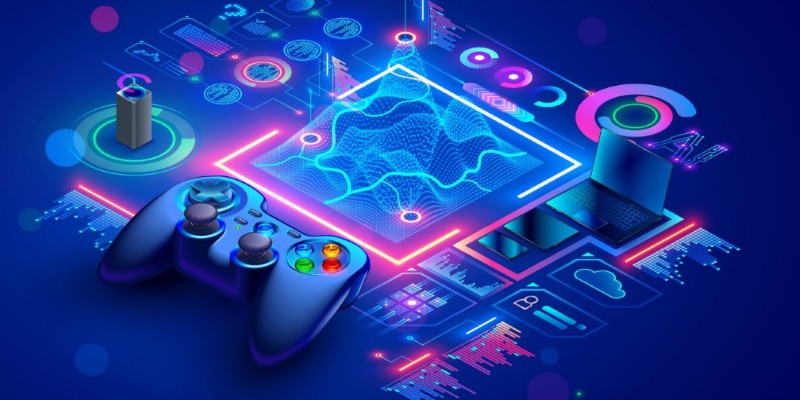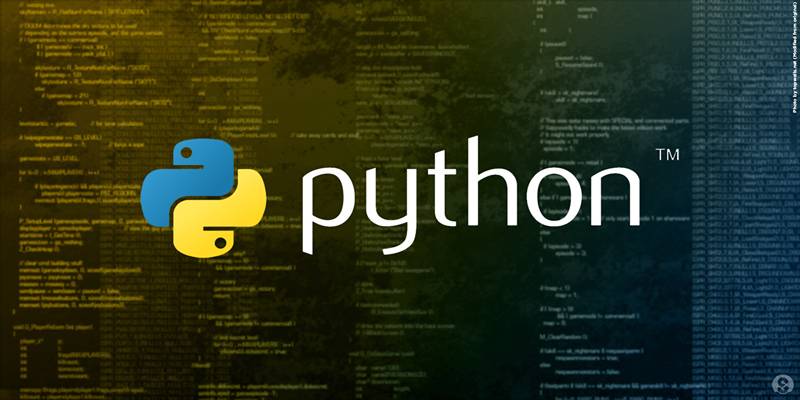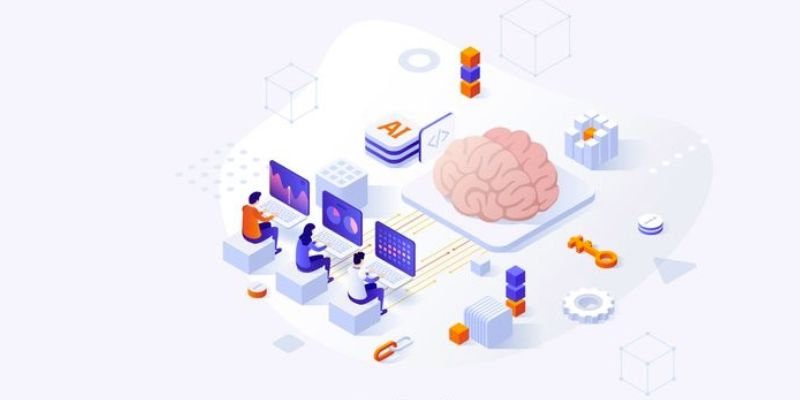Generative AI refers to a branch of artificial intelligence that creates content. Not analyzes, not recommends—creates. Whether it's text, images, music, code, or video, this type of AI produces new material based on patterns it has seen before. And while that sounds straightforward, it’s a lot more than a machine tossing words together or copying pixels. It’s about recognizing how things should look or sound or read, then building something that fits the pattern without copying it outright.
This kind of AI isn’t guessing; it’s generating. It doesn’t memorize; it predicts. And it doesn’t just do one thing; it mimics the way humans think creatively, except faster and often with more consistency.
How It Works
At the center of generative AI is a learning model. Most commonly, this is a neural network trained on massive sets of data. The idea is to expose the model to so much information that it begins to detect patterns on its own. It learns structure, tone, timing, formatting, and balance, not in a conscious way, but in a statistical one.
Let’s say a generative model is trained on novels. Over time, it begins to understand how dialogue flows, how chapters begin and end, and what kind of sentence might come next. So when prompted with a few words, it doesn’t search a library or pull from memory—it builds the next sentence based on everything it’s seen before.
The same goes for AI that creates images. When you describe a cat sitting under a lamp, the system doesn’t look up a photo of that scene. It constructs the image pixel by pixel based on what it has learned about cats, lamps, lighting, and angles.
It's a prediction—layered, context-aware, and deeply trained prediction.
Where You’ll Find It
One reason generative AI gets so much attention is how visible it is. You’ve probably already used it without thinking about it.
Text and Content Creation
Blog posts, emails, poems, reports, product descriptions—generative text tools can produce all of these in seconds. Some are basic, such as completing a sentence or correcting grammar. Others are more involved and capable of writing full-length stories or rephrasing your ideas to suit different audiences. Some tools even mimic specific voices, creating content that sounds like a person you already know.
Image Generation

Tools like image generators can create entirely new visuals based on a short description. Want a fox in a hoodie riding a skateboard through fog? That’s possible. These systems understand styles, textures, and even moods. They don’t recycle images; they generate new ones that follow your direction. That’s a huge leap from clipart or stock photos.
Audio and Music
Generative models trained on music can compose original tracks. These might be piano solos, pop songs, ambient loops, or custom sound effects. The AI understands rhythm, harmony, and even genre-specific quirks. It’s already being used in video games and sound design where variation matters.
Coding and Software Development
Generative coding tools can write actual lines of code from plain language instructions. Developers can describe what they need—a login form, a sorting algorithm, a chatbot—and the AI suggests full blocks of working code. That speeds things up significantly, especially for repetitive or low-complexity tasks.
Video and Animation
This one’s growing fast. With enough data, AI can create short videos, animations, or realistic motion from a single still image. For example, you can upload a photo and have the person smile, blink, or speak. These aren’t just clever filters—they’re rendered frame-by-frame based on what the system learned from thousands of similar videos.
Game Development and Design

Some AI models generate characters, settings, and even plot arcs for games. Rather than a designer manually creating every asset, generative tools can offer drafts, variations, or entirely new elements. This doesn’t replace design teams, but it cuts down hours of concept development.
Fashion and Product Design
AI is now being used to create design variations in fashion and manufacturing. Based on current trends or past collections, it can generate fresh ideas or suggest small tweaks to existing designs. The same goes for furniture, gadgets, and packaging—anywhere that creative repetition is needed.
Synthetic Data Generation
In some cases, real data is hard to get, or it's sensitive. Generative AI can build artificial data sets that mimic real-world examples closely enough to train other models. This helps in fields like healthcare, where privacy is critical but training still matters.
Storyboarding and Content Planning
For marketers, content creators, and storytellers, generative tools are becoming useful early in the creative process. They can suggest outlines, moodboards, character sketches, or promotional ideas. Not just filler ideas, but ones that reflect what’s trending or what has worked before.
What Makes It Different
Generative AI doesn't follow rules the way traditional software does. It doesn't run if-then-else logic. It takes in context, understands patterns, and produces something new, not perfect, but often surprisingly close.
It’s not just about automation, either. Automation runs a script; generative AI creates something that didn’t exist until you asked for it. That difference is subtle but huge.
Think of it like this: a calculator helps you work faster, but a generative AI could write the problem, explain why it matters, suggest a few ways to approach it, and then solve it—all in one go. That’s the jump we’re seeing.
Wrapping Up
Generative AI is more than just a trend—it’s a shift in how we interact with machines. Instead of programming exact instructions, we describe what we want, and the system builds it. That opens up a lot of creative options, whether you’re writing, designing, coding, or composing.
The tools aren’t perfect, and they’re not replacements for skilled people. But they are changing how things get made—from the early drafts to the final polish. And if you’ve used a chatbot, tried an AI art app, or asked a tool to finish your sentence, then you’ve already seen it in action. It’s not the future. It’s already part of how things work.











